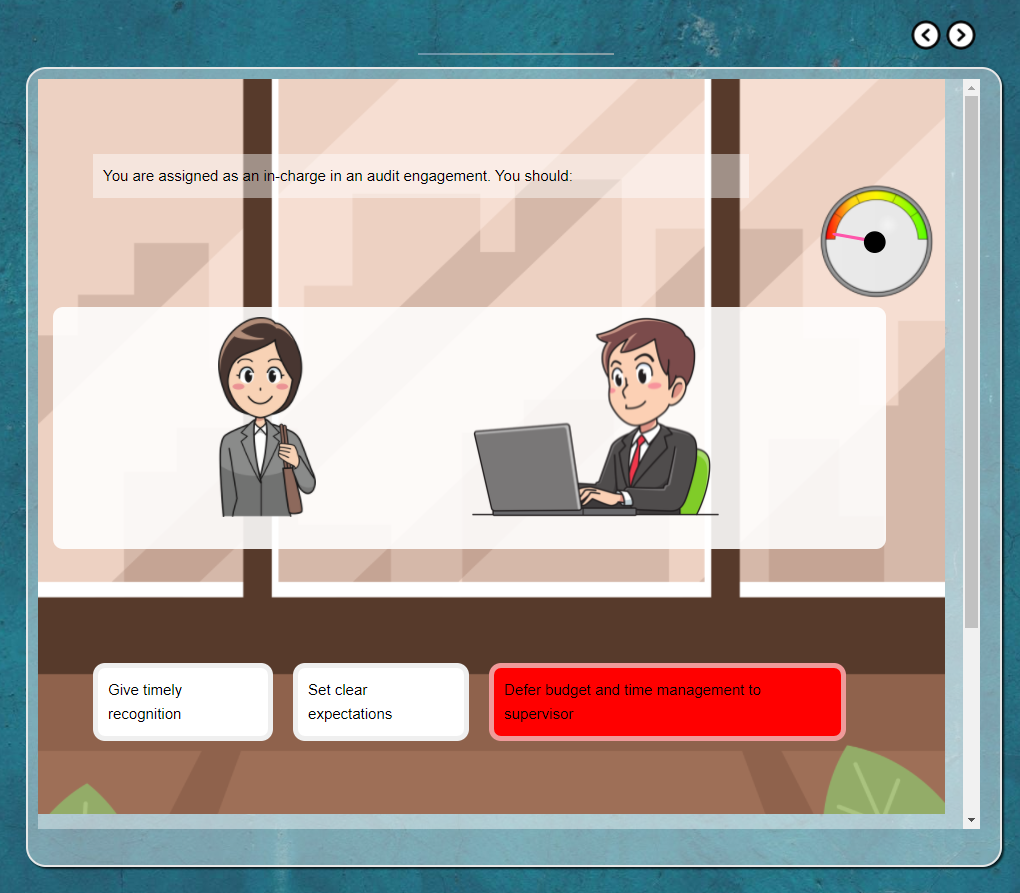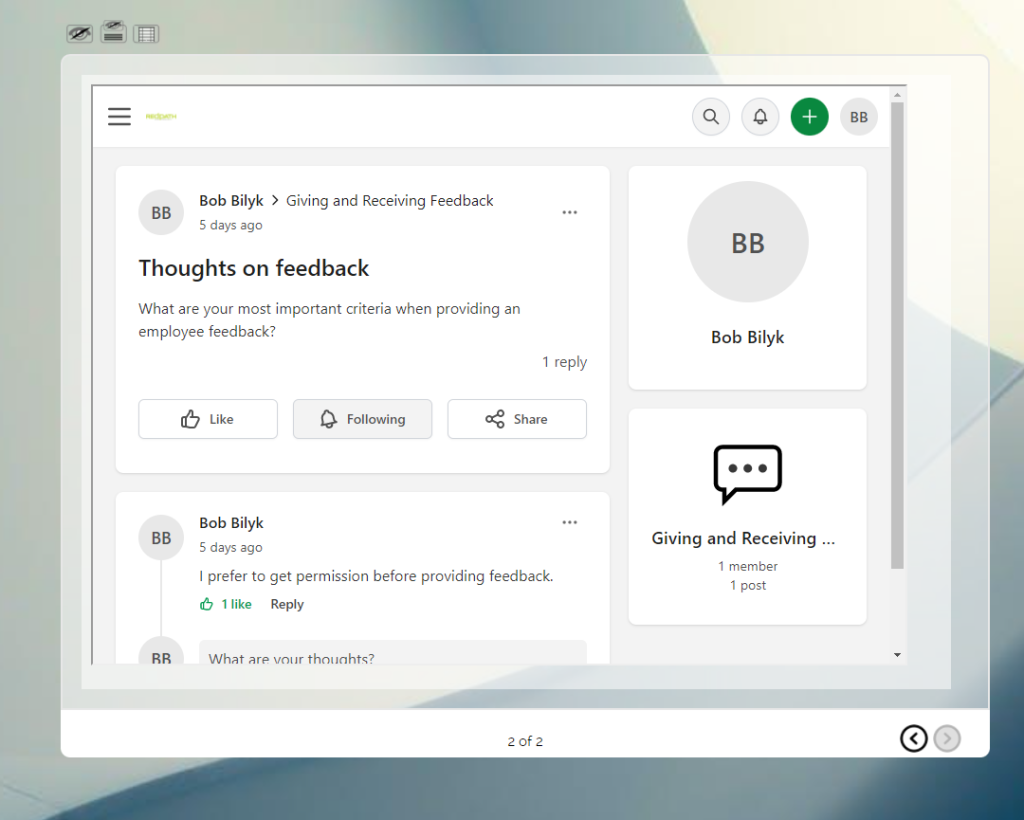Introduction
At the university where I worked for eight years, occasionally I observed non-traditional students in class well into the evening, struggling to stay alert, struggling to soak it in, trying to make something better for themselves. Several years earlier, I watched a new employee at a software company resign in utter defeat. Nothing he had studied before in terms of software language, database, and mathematics prepared him for a new domain of knowledge. It was all foreign, and it was disheartening, and it was delivered in a manner that was all too much.
Late evening classes or eight-hour training days push more and more information at the learners, until they literally break down, quit, or somehow miraculously hang on to fight another day.
The tremendous tax on learners is not unusual in either the corporate or the academic environment. Both schools and companies place a heavy demand on the learner’s ability to remember things.
The constraints of human memory! Our lack of understanding of memory would be almost humorous if it weren’t for the wasted effort of students and employees alike. In this vacuum of understanding, myths and falsehoods and deceptive practices have filled in. Fortunately we have people like Will Thalheimer (The Debunker Club : Debunking Resources – The Debunker Club) and the authors of The Urban Myths of Learning and Education to help set us straight.
The Forgetting Curve
What we do know, and what research supports, is that we are wired to forget. Many of us cite Herman Ebbinghaus’ ‘Forgetting Curve’. The forgetting curve is real and, in some cases, very steep depending on a number of factors, but as Dr. Thalheimer points out, you just can’t put a number on it. You can’t say with any certainty, for example, that learners will forget 70% of what they have learned within a day.
Let’s consider the forgetting curve just for a moment, and then we’ll turn to eLearning.
The forgetting curve was the outcome of research done in the late 1800s by Herman Ebbinghaus. He scientifically observed his own recall of nonsense syllables. He made up lists of three-letter nonsense words and committed them to memory. Once he successfully memorized 100% of a list, he attempted to recall the list. The forgetting curve shows that he forgot 42% of the words within 20 minutes. After a day he retained only 33% of this list of nonsense.

We know that people forget, perhaps at disheartening rates, but the rate of forgetfulness is based on dozens of factors. Are these new employees who are being introduced to something new to them, or are they seasoned employees? Do they have any prior knowledge that will help them organize new information? Are they paying attention or are they distracted? Are they motivated to learn – intrinsically or with an external reward? Is there a threat if they don’t learn? Is there too much of a threat that inhibits their learning? Are they just trying to earn CPE credit? Are they taught how to recall the information in the right place at the right time for the right reason? Is the material difficult? Are they asked to recall the information? How many times?
Try placing those variables in a formula. It’s impossible.
We know that the forgetting curve is real. It has been replicated recently (Replication and Analysis of Ebbinghaus’ Forgetting Curve (nih.gov)) and it will accurately mirror our students’ or employees’ rate of forgetfulness if we do not:
- Help learners recall prior knowledge
- Help learners organize new knowledge
- Provide storage and retrieval cues that will help them use the information in the right context
- Practice retrieval of the new knowledge
- Space the retrieval over time.
- Integrate the new knowledge with other knowledge
- Apply the new knowledge before forgetting
This is where eLearning plays a role. Oftentimes, trainers are busy workers or busy teachers who can’t address deficits in prior knowledge, for example, or even assess prior knowledge, or fit spaced practice or simulated application into their training.
That is where I think eLearning can shine.
I know, I know. I’m an eLearning developer and an eLearning authoring toolmaker. But there are reasons why I chose this field. This is one of them.
The design of eLearning experiences can help improve the training experience, even if the latter is traditional face-to-face teaching. As I’ve observed, many people dread eLearning because of the page-turner drudgery they’ve been subjected to. Medical workers, lawyers, and accountants, and anyone with continuing education demands, have had too many bad self-study experiences. In my current company, group-live (face-to-face) instruction is preferred over eLearning. That doesn’t, however, eliminate the option of eLearning. As a pre-training preparation or a post-training reinforcement and application, eLearning can still play a role.
Against this backdrop, here are some strategies or designs that can help:
Plan the training or academic curriculum to include pre-training activities and post-training reinforcements. Make room for recalling prior knowledge in the training or lesson plans of future courses.
Flip the training. That means, use eLearning (or self-studies) to present the content and use face-to-face training time to observe student performance and provide feedback. Data from 317 studies shows that flipped classroom interventions produced positive gains across all three learning domains (To Flip or Not to Flip? A Meta-Analysis of the Efficacy of Flipped Learning in Higher Education – Carrie A. Bredow, Patricia V. Roehling, Alexandra J. Knorp, Andrea M. Sweet, 2021 (sagepub.com))
Pre-training
Let the post-training assessments for the last course or training session be the pre-training assignments for the new thing — not as assessments, but as highly scaffolded activities with prompts and hints and feedback and textbook references and video helps and whatever. The point is to help recall and to prepare learners for what lies ahead.
Design activities that help learners recall vocabulary, basic concepts, laws, principles and procedures. Activities can help prompt that recall and reduce the cognitive load of the new stuff. If an accounting teacher makes references to cash or accrual accounting, do you want students struggling to recall the terms or do you want them paying attention to the new information? It’s hard for them to do both.
Use flashcards, crosswords, matching, categorization, and other activities. They’re not as sophisticated as things I’ve discussed in past posts, but they can play a useful role in helping recall.
Embed a video or a short Powtoon presentation.
Use quizzes with circular queues (missed questions get repeated) or variable interval queues (missed questions get repeated at spaced intervals).
Make it fun. Gamify it.
Post-training
All of the pre-training suggestions apply to post-training as well. But you can do even more.
Interactive Storyboards
This strategy walks the learner through the presented content in a storyboard fashion. In the interactive storyboard, however, the learner must fill in the missing pieces. Recently our HR department presented on employee feedback and the different roles that in-charges, supervisors and talent advisors play in giving feedback to accountants and auditors. She talked about a process that included feedback in review notes, one-on-one meetings with supervisors, and regular meetings with talent advisors. The post-training activity can follow along in the life of an accountant but leave blanks for the learner to fill or questions for the learner to answer. It causes the learner to retrieve important elements of the presentation and become an active participant in reconstructing the information. When the learner gets it wrong, that’s an opportunity for feedback!

An added benefit to the activity is that we can see how learners experienced the post-training activity through the xAPI statements that the (CMI5-conformant) activity generated. In the following screenshot from the Learner Record Store, we can see that this employee missed the point that there is a connection between one-on-one meetings and talent development meetings. We also see that this employee did hit the results page with a decent score the first time around. The employee satisfied the requirements of the assignable unit (AU) and completed the course. That tells us a lot. If we were to analyze all of the items that employees missed, we could either improve the presentation or improve the questions.

Embedded Discussions
Higher education instructors often invite students to discuss topics online after a presentation. There is a reason for this. At the most elemental level, it forces recall of the presentation. At a higher level, it generates new knowledge as students hear differing perspectives.
In my time in higher ed, I’ve seen this done well and I’ve seen it done poorly. My poster child for doing it right was a marketing instructor who simulated product advertising pitches in a discussion forum. My hunch is that online discussion in corporate training environments is rarer. To my point, our corporate Learning Management System (LMS) doesn’t even offer a discussion board.
The following screenshot depicts an activity prototype with an embedded discussion board. For this prototype, we used Tribe from Tribe | A Customizable Community Platform. Tribe allows you to create and embed your discussion board. (I’m not necessarily endorsing Tribe.) The strategy is to refresh employees on the fundamental principles of giving and receiving feedback and then ask them to discuss what works for them.
The key idea is to immerse learners in the content with enough information to prompt their recall of the training. Then we invite them to share their insights or strategies with others. They don’t need to leave the activity and log in to another service. They can share their thoughts right there and then.
This is an important idea in a general strategy that we’ve been working out called 3Di. That means delivery of interactive content, discussion, and then decision. Students apply what they have both learned and discussed to make a decision.

Staged Journals
We first developed this strategy for a literature teacher. She taught students how to be analytical of fairy tales. She instructed them on the Propp analysis based on the work of Vladimir Propp. In the staged journal technique, students would be presented with one step or stage of the analysis. They would complete the step and go on to the next. In the end, they had a journal that was compiled of all the steps.
The screenshot below depicts an employee who types in his greatest difficulty when asked to give a subordinate corrective feedback. The learner brainstorms difficulties, and then brainstorms remedies.
Here is an excerpt from a journal that compiles it all together in a feedback summary.

Conclusion
Face-to-face instruction may have its supporters, but even this delivery type should include pre-training and post-training eLearning activities. We know from research and from our own surveys that students and employees forget too much of what we teach. The amount and rate of forgetfulness may not precisely follow Ebbinghaus’ curve but unless we address forgetfulness, students won’t achieve the desired outcomes of the training.
More in-depth activities might include decision-making scenarios and simulations. I’ve written about those in past articles but, in this post, I have featured activities that can be quickly and easily generated. All three activities represent strategies that can help in the reflection and recall of training.
